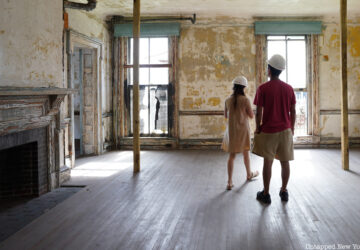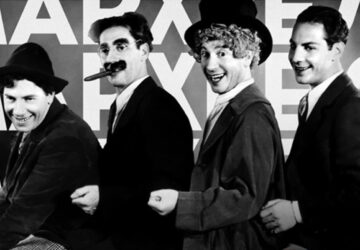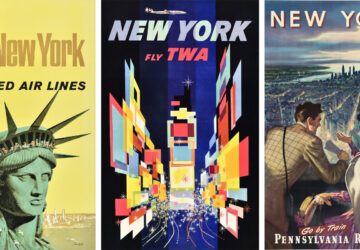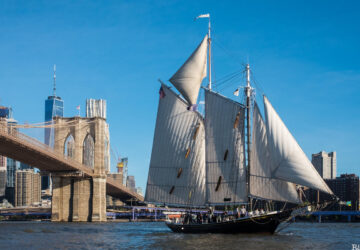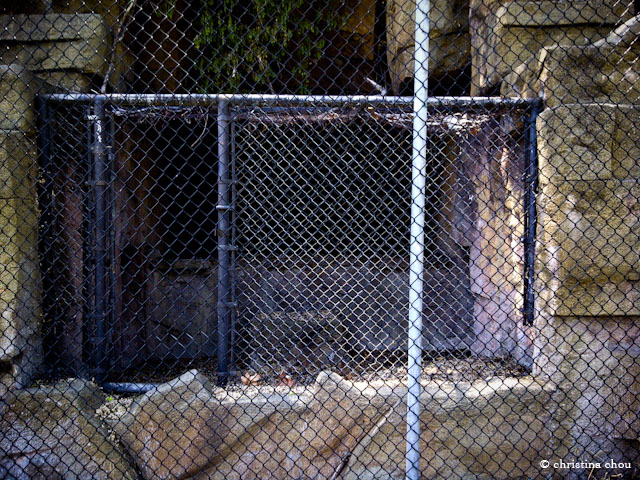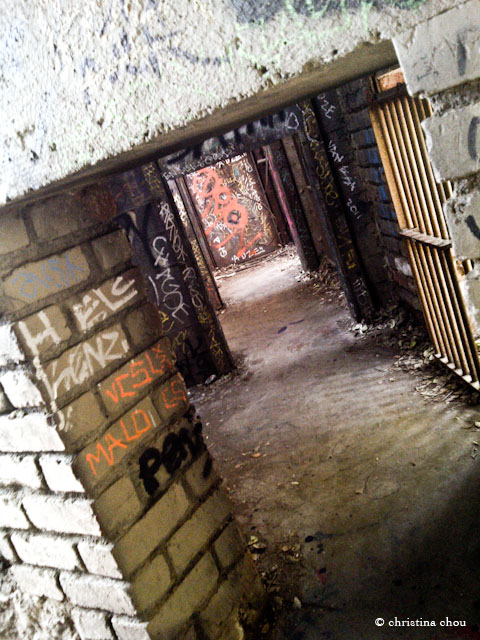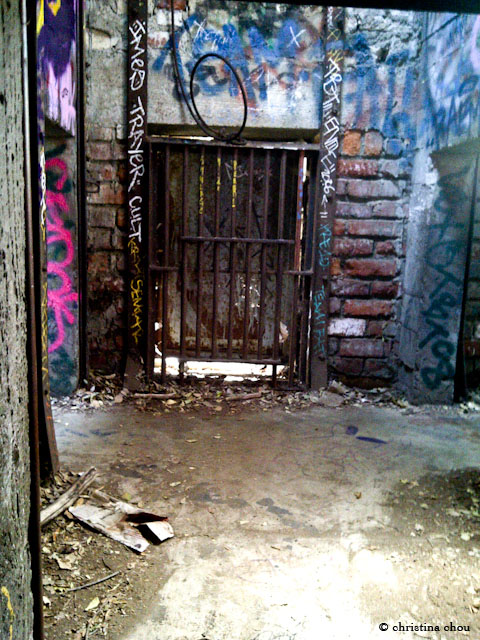“In February 1916 the [Los Angeles] zoo was almost closed for good after the Health Department found that its sewage was draining into the Los Angeles River.During World War I the City Council withdrew authorization to feed beef to the zoo’s meat-eating animals. Suddenly unable to properly feed these animals, the Park Department tried to sell them, but found no takers. Turning them loose was out of the question.The animals stayed at the Griffith Park Zoo. Horse meat was substituted for beef. Results were disastrous–many of the meat-eating animals, and almost all of the cats, died.”
The zoo finally closed in 1965 and moved several miles north to its current location. And the old animal sanctuary was left in the area to conveniently serve as a tourist attraction, more popular than ever in its state of decay. The large rocky structures of the bear grottos are a popular picnic spot, while the more hidden parts of the zoo continue to thrill urban explorers and house the city’s night dwellers and their doings.
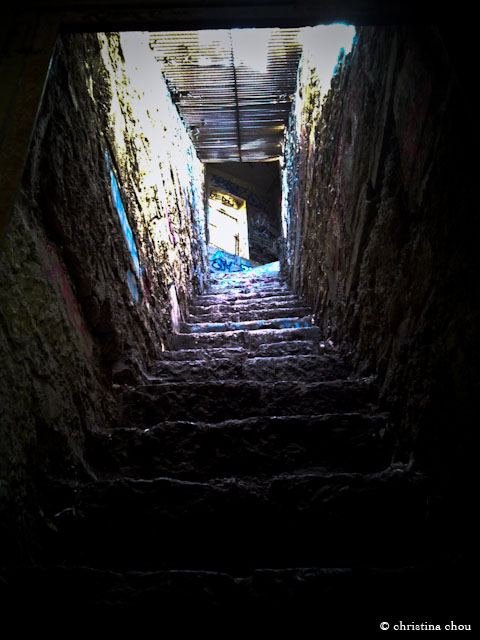
Each den is barred by an iron grate that leads up a steep flight of stone stairs into the quiet, dark, winding bowels of the cages, rife with graffiti, trash, crumpled leftovers of unseemly activities, and urban legends of ghostly zoo curators and mutated creatures. Angelenos have forgotten the old LA zoo, then suddenly rediscovered the crumbling remains and come back with an inquisitive, poetic eye. The rusting aviary remains a popular hipster backdrop for photo shoots or album covers, and the cages have been used in films such as Anchorman, Back To The Future, and Who Framed Roger Rabbit.
The site is neither heavily populated nor often spoken about, but it is undoubtedly a part of the city, perhaps more popular in its decay than its hey-day. And there is a mysterious quality to this space: one of dreams deferred, unanswered calls, and the voice of the city rising upon its stone walls and iron bars.
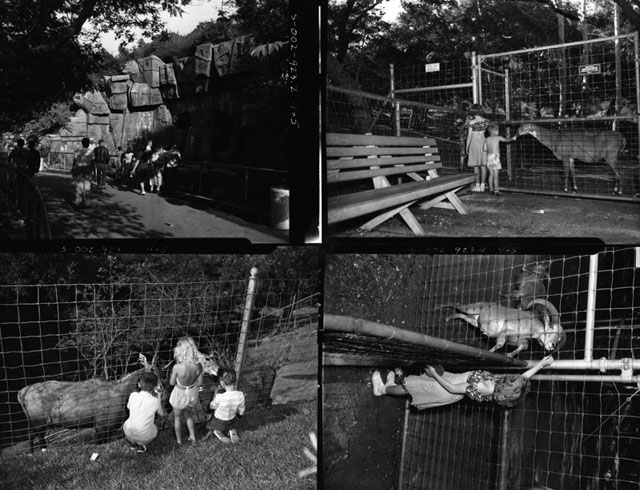
Get in touch with the author @christinachou.
